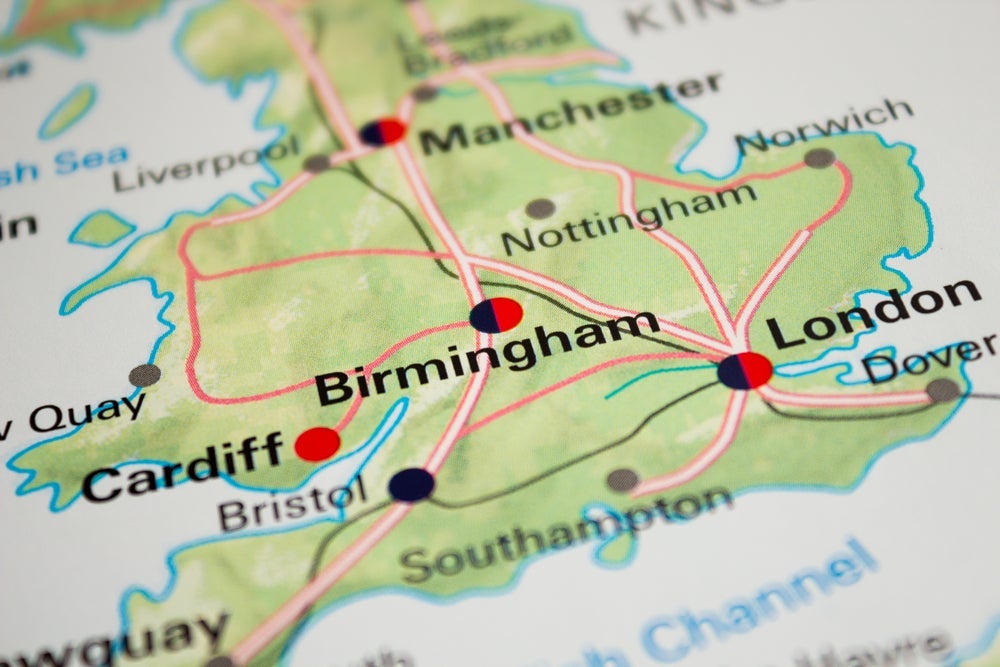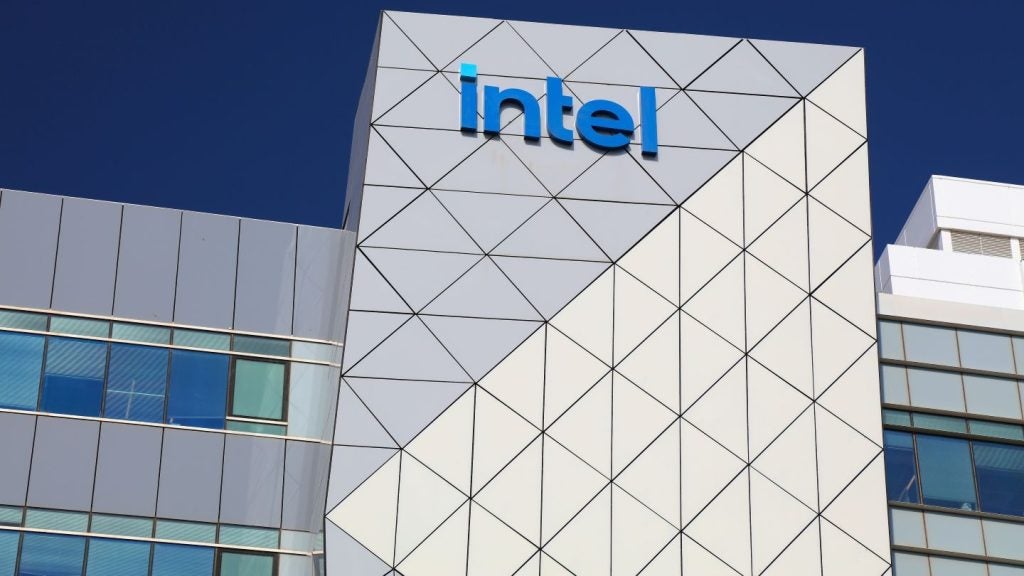
The British government has identified eight potential investment zones in England, which it states will help to revitalise the country by “catalysing a small number of high-potential clusters in areas in need of levelling up to boost productivity and growth”. This comes after a 2021 announcement of eight free ports, while investment zones for Wales, Scotland and Northern Ireland will be announced at a later date.
The eight locations for these investment zones are:
- the proposed East Midlands Mayoral Combined County Authority
- Greater Manchester Mayoral Combined Authority
- Liverpool City Region Mayoral Combined Authority
- the proposed North East Mayoral Combined Authority
- South Yorkshire Mayoral Combined Authority
- Tees Valley Mayoral Combined Authority
- West Midlands Mayoral Combined Authority
- West Yorkshire Mayoral Combined Authority
Here, Investment Monitor profiles each of these zones, looking at their industrial strengths and their key towns and cities.
East Midlands Mayoral Combined County Authority
The proposed East Midlands Mayoral Combined County Authority will combine the counties of Nottinghamshire and Derbyshire, which have a combined population of around 1.64 million people. The largest cities in the region are Nottingham, with a population of more than 300,000, and Derby, which has in excess of 250,000 inhabitants.
Nottingham is building its future economy around low-carbon technologies, digital media, life sciences, financial and business services, and retail and leisure. The Queens Medical Centre in the city is one of the three largest hospitals in the UK. Derby has cultivated a reputation for excellence in aerospace, engineering and advanced transport manufacturing, attracting the likes of Bombardier, Toyota and Rolls-Royce through its skilled workforce and enviable reputation. It is also a major UK centre for video game development. The whole of the East Midlands region is also emerging as a key hub for logistics linked to ecommerce.
The region’s major river is the Trent, it is bisected by major roads such as the M1 and the A1, and it is served by East Midlands Airport, which is used by more than four million passengers annually. Graduate talent is provided by two universities in Nottingham, one in Derby, and the highly regarded Loughborough University in bordering Leicestershire.

US Tariffs are shifting - will you react or anticipate?
Don’t let policy changes catch you off guard. Stay proactive with real-time data and expert analysis.
By GlobalDataGreater Manchester Mayoral Combined Authority
The Greater Manchester Mayoral Combined Authority is made up of ten councils: Bolton, Bury, Manchester, Oldham, Rochdale, Salford, Stockport, Tameside, Trafford and Wigan. This area has a combined population of almost three million.
Manchester is one of the UK’s most famous and important cites, renowned for its musical output and football teams. Since the 1990s, the city has undergone extensive regeneration, while its airport has become one of the busiest in Europe. The city has a strong reputation for advanced manufacturing and innovation, with the University of Manchester being where the atom was first split, where the first stored-programme computer was developed, and where the first graphene was isolated.
It hosts the global headquarters of Umbro and the Co-operative Group, and the European headquarters of adidas, Brother, Etihad Airways, Kellogg‘s, Siemens and Totesport. Manchester is a UK logistics hub, and also excels in business services, construction, education, financial services, health, public administration, real estate and retail.
Liverpool City Region Mayoral Combined Authority
The Liverpool City Region Mayoral Combined Authority is made up of the councils of Halton, Knowsley, Liverpool, Sefton, St Helens and Wirral. Close to the border with Wales, Liverpool is a key UK port, but its importance to the UK economy doesn’t stop there. It goes beyond football and music too, two other areas for which Liverpool is renowned the world over.
In the 2020s, Liverpool’s industrial strengths are many, taking in banking, education, film-making, finance, health, insurance, leisure, manufacturing, life sciences, pharmaceuticals, public administration, research and development and tourism. Liverpool’s metropolitan population is 2.2 million. In 2008, it was the European City of Culture, an event that helped transform the city’s image, which had been battered in the final few decades of the 20th century.
The proposed North East Mayoral Combined Authority
The proposed North East Mayoral Combined Authority will take in the councils of County Durham, Gateshead, Newcastle, Northumberland, North Tyneside, South Tyneside and Sunderland. The combined population of these areas is around two million people. The largest urban areas in the North East are Newcastle (with a population of about 300,000) and Sunderland (170,000), both of which are port cities.
Newcastle’s economy was mostly built upon shipbuilding and coal mining, but in the 21st century the city has established itself in other areas. Office, service and retail employment now dominate in the city, but beyond this it is a rising hub for investment in biotechnology and life sciences. The wider North East region is a major destination for automotives, with Nissan famously basing its UK operations in Sunderland, while nearby Blyth had been slated to be the site for the UK’s first battery gigafactory, although the financial difficulties of Britishvolt have thrown that into doubt. The North of Tyne area is emerging as a serious UK player in green energy, particularly offshore wind.
South Yorkshire Mayoral Combined Authority
The South Yorkshire Mayoral Combined Authority brings together the local authorities of Barnsley, Doncaster, Rotherham and Sheffield. Its population is around 1.4 million people.
By far the largest city in the region is Sheffield, which has a population of more than 500,000. The city’s historic industrial strength was based upon the manufacturing of steel and steel products. While cheaper foreign competitors have challenged Sheffield’s global metallurgy supremacy, the city is still producing more steel than it ever has, and it is at the forefront of the UK’s advanced manufacturing industry. Away from steel, the city has high employment levels in public sector work, while services and leisure activities also act as big employers.
Tees Valley Mayoral Combined Authority
The Tees Valley Mayoral Combined Authority is made up of the councils of Darlington, Hartlepool, Middlesbrough, Redcar & Cleveland and Stockton-on-Tees, covering an area with a population of around 700,000 people.
The largest urban area in the Tees Valley region is the town of Middlesbrough, which has an economy that was historically based around coal, steel, iron, shipbuilding and its docks, but has now gravitated more towards engineering-based manufacturing and engineering contract service businesses, chemicals, renewable energy and the cargo that passes through its still-busy docks.
West Midlands Mayoral Combined Authority
The West Midlands Mayoral Combined Authority takes in the borough councils of Birmingham, Coventry, Dudley, Sandwell, Solihull, Walsall and Wolverhampton (which have full voting rights), as well as the councils of Cannock, North Warwickshire, Nuneaton and Bedworth, Redditch, Rugby, Shropshire, Stratford-on-Avon, Tamworth, Telford and Wrekin and Warwickshire (which have restricted voting rights, along with three local enterprise partnerships). The area boasts a population in excess of four million, the largest of any such region in the UK other than Greater London.
The UK’s second city, Birmingham, dominates the economy of the West Midlands. It is a national manufacturing powerhouse with a population of 1.15 million. While manufacturing and engineering have been the city’s lifeblood over the past few centuries – to this day it hosts plants for the likes of Jaguar Land Rover in Castle Bromwich and Cadbury in Bournville – Birmingham is a key European location for services, particularly in the financial industry. The likes of HSBC and Goldman Sachs have established major operations in the city over the past few years. It is also a key centre for logistics and a rising presence in Industry 4.0.
Elsewhere in the West Midlands, Coventry, with a population of 370,000, is in the process of reinventing itself in the 21st century, capped by it being the UK’s City of Culture for 2021, while the city’s expertise in automotives and engineering are continuing to bring in investment. Wolverhampton also has myriad industrial strengths, particularly in advanced manufacturing, construction and transport.
West Yorkshire Mayoral Combined Authority
The West Yorkshire Mayoral Combined Authority involves the councils of Bradford, Calderdale, Kirklees, Leeds and Wakefield, while York is a non-voting member. The region has a population of around 2.3 million.
The area is dominated by the Leeds-Bradford conurbation, with the two cities having a combined population of 860,000 (Leeds 500,000, Bradford 360,000). Indeed, the biggest flows between any two cities in the UK on any day is between Leeds and Bradford.
Leeds is widely considered to have been one of the UK’s most prosperous cities in the post-Second World War period, as it moved quicker than most of its northern peers to counter the decline of the clothing industry it was built around in the 1970s. The city has since become a hub for the media (it hosts the headquarters of Channel 4), and its diverse economy hosts a vast financial and services industry. It remains a hotbed for manufacturing (mainly engineering, printing and publishing, food and drink, chemicals and medical technology), and it also thrives in areas such as law, gaming, tourism and retail.
Bradford’s historic textile industry is still a large employer in the city and its history as an innovator in the world of film saw it named as the first Unesco City of Film in 2009. It is also the UK City of Culture for 2025. Other areas of industrial strength are finance, chemicals, retail, manufacturing and engineering. It hosts the headquarters of supermarket chain Morrisons, consumer finance company Provident Financial and utility company Yorkshire Water. Elsewhere in the West Yorkshire region, Huddersfield has a population of 163,000 and has industrial strengths in manufacturing, textiles and food production.







